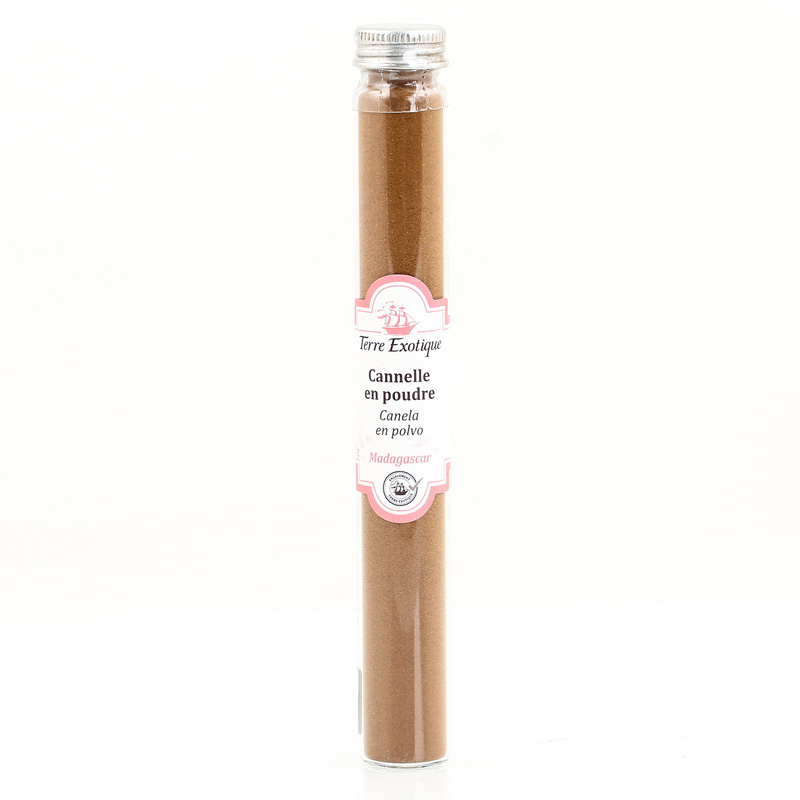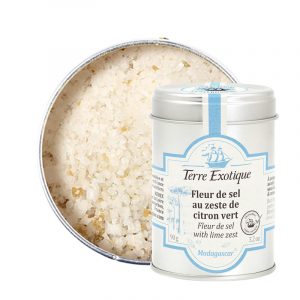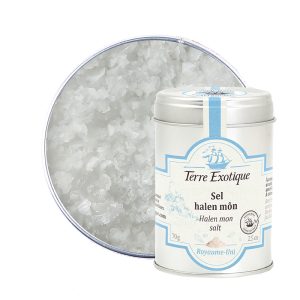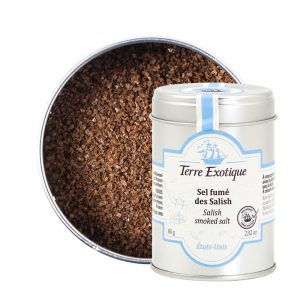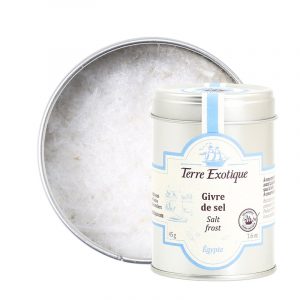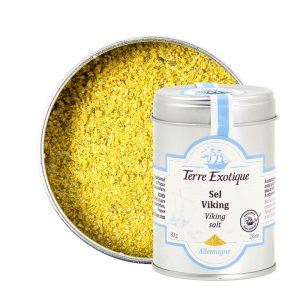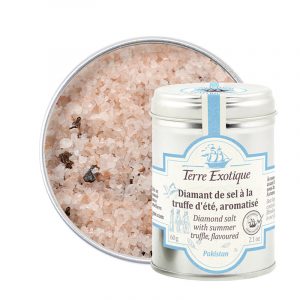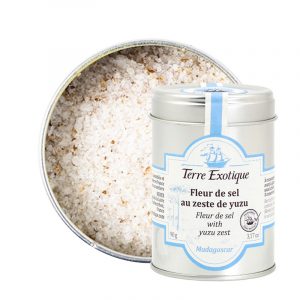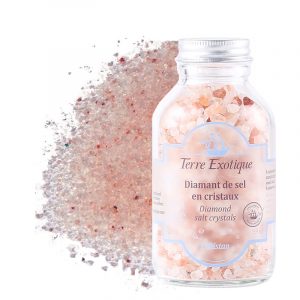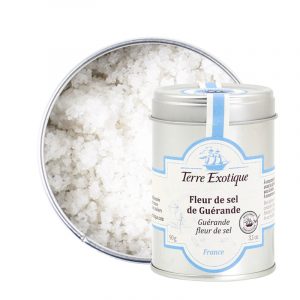Terre Exotique Ceylan Cinnamon Powder 20g
Terre Exotique
6,92 €
Ceylon cinnamon has several rolled shells. This product is ground, to be used in cookies, gingerbread or to sprinkle in desserts.
Product Description
Cinnamon is native to Ceylon, but in ancient times, Egyptians used it to embalm and believed it grew according to secret rites in a mysterious and distant land. So, to unravel this mystery, Queen Hatshepsout sent an expedition to this country of Punt, “country of God”, now Ethiopia, and opened the route of herbs.
In Rome, there was a fascination for Indian luxury items like pepper, cinnamon, ginger, pearls and ivories.
From the Renaissance, Portuguese, English and Dutch fought a fierce war for the monopoly of these spices that they distributed all over the world.
Where does Ceylon cinnamon really come from?
Cinnamon is the bark of cinnamon, Cinnanomum zeylanicum, whose harvest requires great dexterity. It belongs to the Lauraceae family, such as camphor and avocado, or bay leaf, which is the only Lauraceae to be adapted for our climates. It is a tree with a straight trunk, reddish bark, it can go up to 10 m in height.
The new branches are cut and stripped of the outer bark, then the thin inner bark is cut and delicately removed, then scraped by hand and finally dried. The “cinnamon stick” is formed when the bark dries, first in the shade, then in the sun. It can be used whole or in powder for easy use. In Europe and America, it is mainly used in confectionery, but in India or North Africa, it perfumes savory dishes.
Ingredients:
Cinnamomum zeylanicum. Packed in France.
Storage:
Keep in a dry place.
Country of Origin:
France
Distributed by:
Socilink Lda
Rua Quinta dos Álamos n.º 3
2625-577 Vialonga
Notice about our product information:
Always confirm the information on the article label. Food products are subject to constant change, for this reason, we recommend that you always read the labeling information that accompanies each product, including the nutritional information, ingredient list, storage, preparation and use instructions as well as other information before use or consumption.

